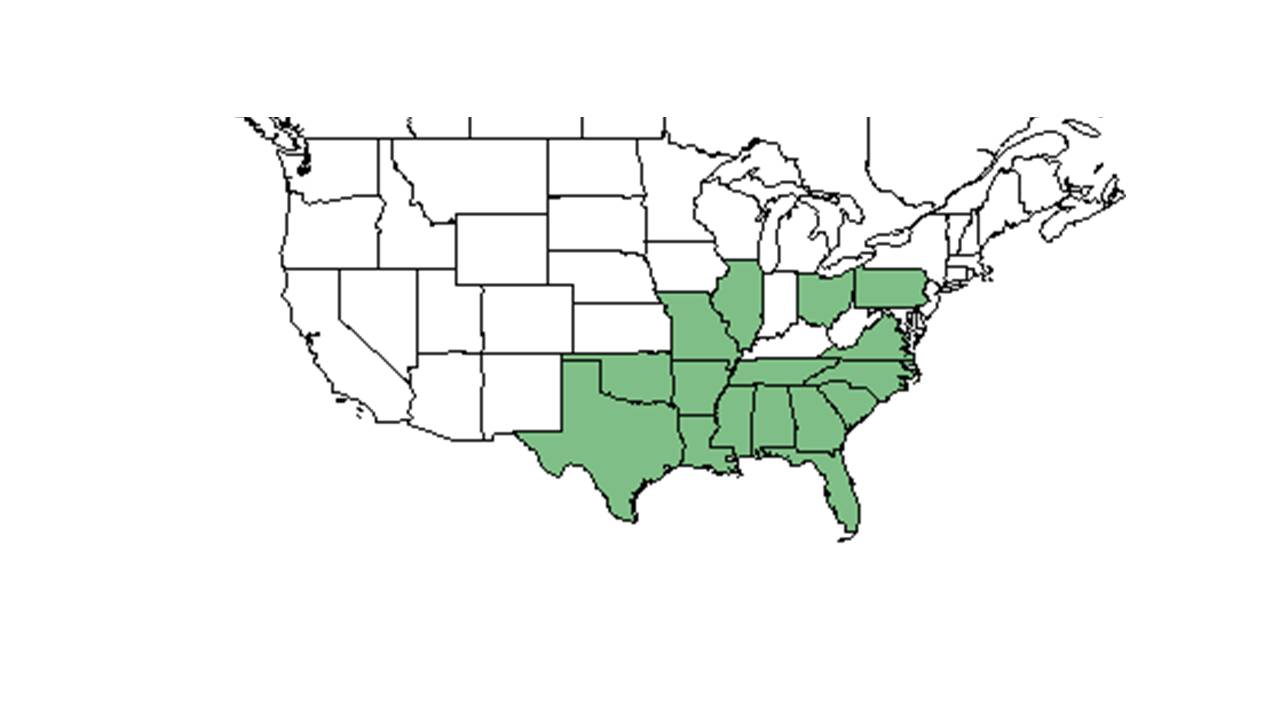Difference between revisions of "Jacquemontia tamnifolia"
Emmazeitler (talk | contribs) |
|||
| Line 44: | Line 44: | ||
<!--===Use by animals===--> <!--Herbivory, granivory, insect hosting, etc.--> | <!--===Use by animals===--> <!--Herbivory, granivory, insect hosting, etc.--> | ||
<!--===Diseases and parasites===--> | <!--===Diseases and parasites===--> | ||
| + | ==Conservation, cultivation, and restoration== | ||
| − | == | + | ==Cultural use== |
| − | |||
| − | |||
==Photo Gallery== | ==Photo Gallery== | ||
<gallery widths=180px> | <gallery widths=180px> | ||
Revision as of 12:48, 8 June 2021
| Jacquemontia tamnifolia | |
|---|---|

| |
| Photo was taken by Gil Nelson | |
| Scientific classification | |
| Kingdom: | Plantae |
| Division: | Magnoliophyta - Flowering plants |
| Class: | Magnoliopsida – Dicotyledons |
| Order: | Solanales |
| Family: | Convolvulaceae |
| Genus: | Jacquemontia |
| Species: | J. tamnifolia |
| Binomial name | |
| Jacquemontia tamnifolia (L.) Griseb. | |

| |
| Natural range of Jacquemontia tamnifolia from USDA NRCS Plants Database. | |
Common name: Hairy clustervine, Jacquemontia.[1]
Contents
Taxonomic notes
Synonyms: Thyella tamnifolia (Linnaeus) Rafinesque.[1]
Varieties: none.[1]
Description
This species has a climbing and twining behavior.[2]
"Herbaceous, annual, twining vine. Leaves ovate to elliptic-ovate, 5-12 cm long, acuminate, cordate, or the base rarely rounded. Peduncles equaling or longer than the subtending leaf; inflorescence capitate, 2-3 cm broad, subtended by lanceolate or elliptic, foliaceous bracts; sepals lanceolate to subulate, densely fulvous-hirsute; corolla blue, funnelform, 1-2 cm broad; stigma lobes 2, ovoid or oblong, styles fused, ovary 2-locular. Capsule subglobose, 4-6 mm broad; seeds brownish black, glabrous, ca. 2 mm long."[3]
Distribution
The original range of this plant is difficult to determine. In the United States, its range extends from southeast Virginia to Florida, and west to Texas and Arizona. It is also common in the West Indies, Central America, and South America.[1]
Ecology
Habitat
This species has been found in floodplains and savannahs as well as disturbed areas such as old fields, corn fields, powerline corridors, along roadsides, and in grazed fallow fields.[2]
Phenology
J. tamnifolia flowers August to Spetember.[4]
Conservation, cultivation, and restoration
Cultural use
Photo Gallery
References and notes
- ↑ 1.0 1.1 1.2 1.3 Weakley, A.S. 2015. Flora of the southern and mid-atlantic states. Working Draft of 21 May 2015. University of North Carolina at Chapel Hill, Chapel Hill, North Carolina.
- ↑ 2.0 2.1 Florida State University Robert K. Godfrey Herbarium database. URL: http://herbarium.bio.fsu.edu. Last accessed: June 2014. Collectors: Andre F. Clewell, J. D. Dwyer, W. E. Harmon, Lisa Keppner, R. Komarek, Robert L. Lazor, and R. A. Norris. States and Counties: Florida: Leon and Washington. Georgia: Colquitt, Decatur, Grady, and Thomas. Countries: Honduras.
- ↑ Radford, Albert E., Harry E. Ahles, and C. Ritchie Bell. Manual of the Vascular Flora of the Carolinas. 1964, 1968. The University of North Carolina Press. 863. Print.
- ↑ Nelson, G. PanFlora: Plant data for the eastern United States with emphasis on the Southeastern Coastal Plains, Florida, and the Florida Panhandle. www.gilnelson.com/PanFlora/ Accessed: 12 DEC 2016